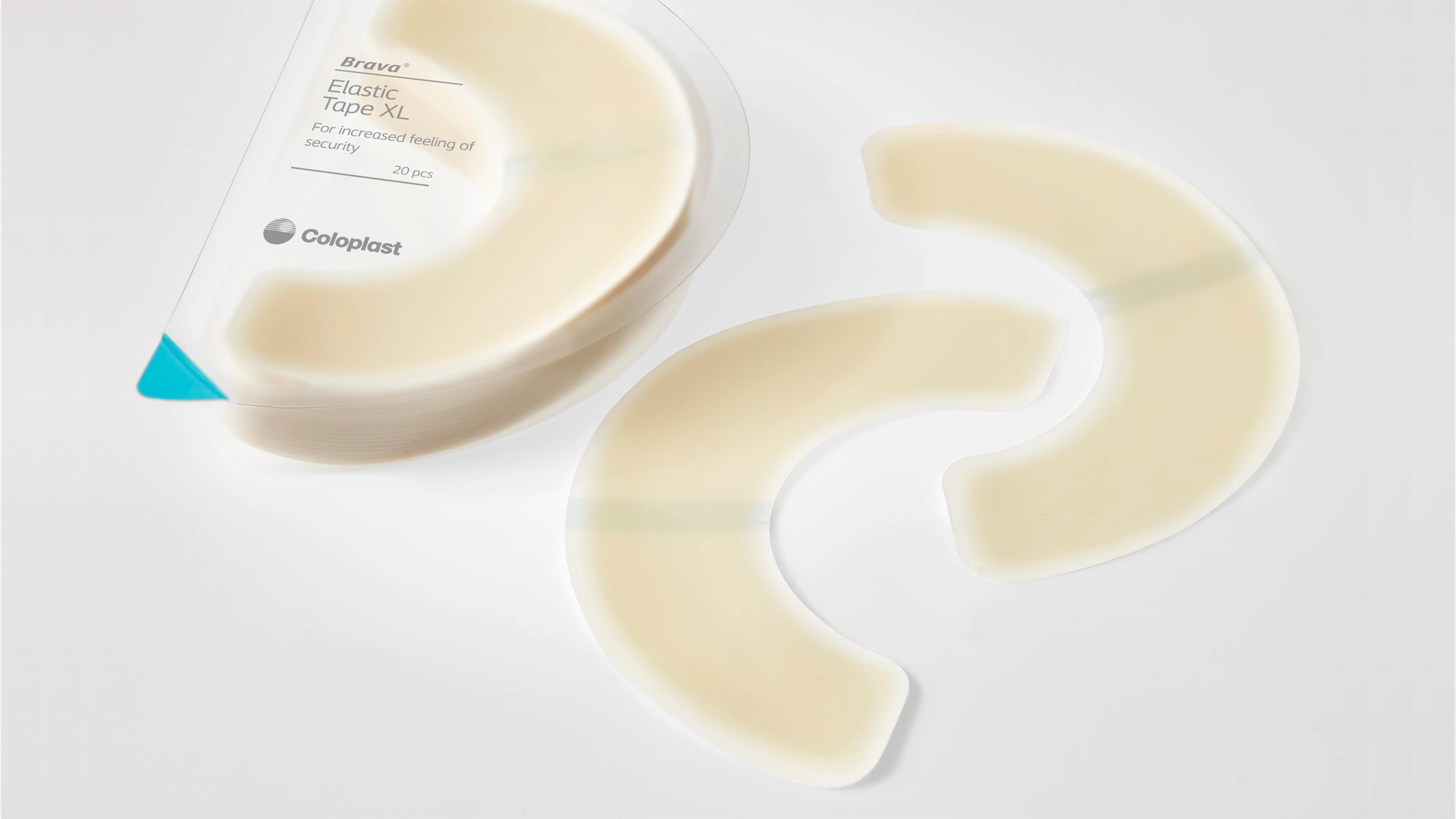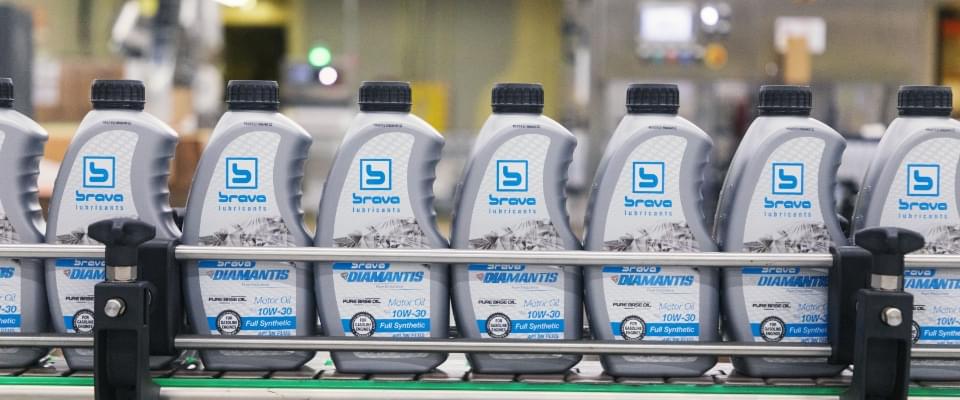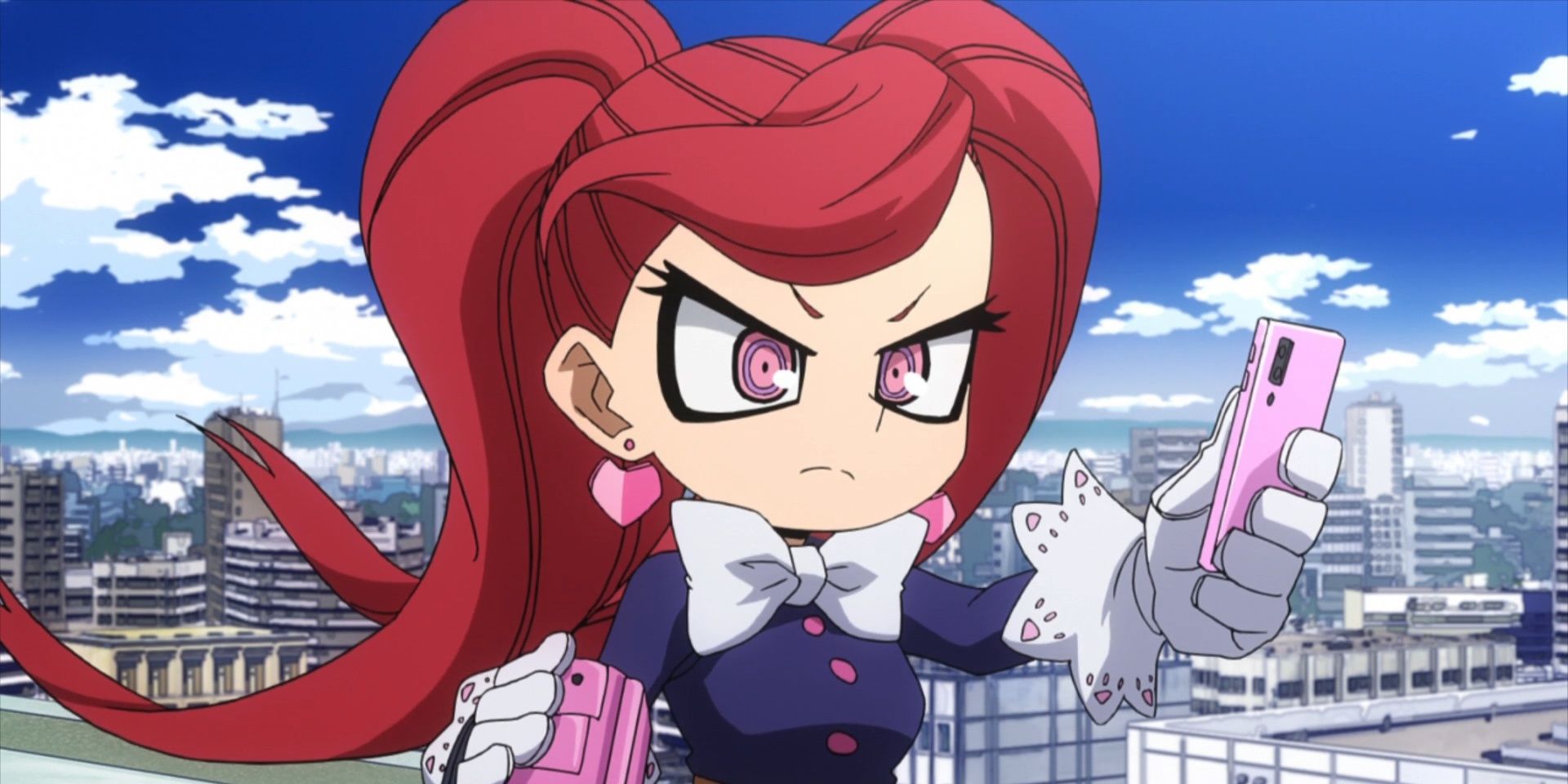Why Is Brava No Longer Available

The once-ubiquitous Brava oven, a darling of culinary tech enthusiasts and a familiar fixture in many modern kitchens, has vanished from the market. Its sudden disappearance has left consumers and industry observers alike searching for answers, prompting questions about the future of high-end, AI-powered kitchen appliances.
This article delves into the reasons behind Brava's discontinuation, examining the factors that led to its demise and exploring the broader implications for the competitive landscape of smart kitchen technology. We will explore the official statements, market analysis, and expert opinions to understand why this innovative appliance failed to secure a sustainable position in the consumer market.
A Promising Start
Brava burst onto the scene with a compelling promise: to revolutionize home cooking using its patented Pure Light Cooking technology. This technology utilized targeted infrared lamps to cook food faster and more efficiently than traditional ovens. The oven was further enhanced by AI-powered algorithms designed to adapt to different food types and cooking preferences, creating a personalized cooking experience.
The initial reception was overwhelmingly positive, with tech reviewers and early adopters praising Brava’s speed, precision, and user-friendly interface. The company secured significant venture capital funding, suggesting strong investor confidence in its potential for growth and market dominance.
The Official Explanation: Supply Chain Issues
The official statement released by Brava cited "unforeseen and insurmountable challenges with our supply chain" as the primary reason for the company's decision to cease operations. The specific details of these challenges were not disclosed, leaving room for speculation about the true underlying issues.
This announcement was met with skepticism from some industry analysts, who argued that supply chain disruptions, while prevalent in recent years, are often a symptom of deeper problems. They suggested other factors, such as high production costs, limited market demand, and intense competition, could have played a more significant role in Brava's failure.
Digging Deeper: Beyond Supply Chain Woes
While supply chain issues likely contributed to Brava's downfall, several other factors were likely at play. One significant obstacle was the oven's price point. At around $1,300, Brava was significantly more expensive than traditional ovens and even other smart ovens on the market.
This high price point limited its appeal to a niche market of affluent, tech-savvy consumers. The value proposition of Brava, while compelling, may not have been strong enough to justify the significant investment for many potential customers.
Furthermore, the smart oven market is becoming increasingly crowded, with established appliance manufacturers like GE, Whirlpool, and Samsung entering the space. These companies possess established supply chains, brand recognition, and larger marketing budgets, making it difficult for smaller startups like Brava to compete effectively.
Market Saturation and Competition
The competitive landscape is a major factor that impacts most startups. Brava faced direct competition from other smart ovens with similar features, potentially diluting the market and making it challenging to stand out.
Even beyond direct competitors, the rising popularity of air fryers, multi-cookers, and other countertop appliances provided alternative solutions for consumers seeking convenient and efficient cooking methods. These alternatives often came at a significantly lower price point than Brava, further eroding its market share.
The Consumer Perspective
Online forums and social media platforms reveal a mix of reactions from Brava owners. Some express disappointment and frustration at the oven's discontinuation, citing its unique cooking capabilities and user-friendly interface.
Others voice concerns about the future of their appliances, particularly regarding warranty support and software updates. The lack of ongoing support raises questions about the long-term viability of connected appliances and the responsibilities of manufacturers to their customers.
Lessons Learned and the Future of Smart Kitchen Tech
Brava's demise offers valuable lessons for other companies operating in the smart kitchen space. It highlights the importance of striking a balance between innovation and affordability, ensuring that the benefits of new technology justify the price for a broad range of consumers.
It underscores the need for robust supply chains, efficient manufacturing processes, and effective marketing strategies to compete in a crowded market. It also emphasizes the importance of providing ongoing support and maintenance for connected appliances, even after they are discontinued.
Despite Brava's failure, the market for smart kitchen technology remains promising. Consumers are increasingly seeking convenient, efficient, and personalized cooking experiences, creating opportunities for innovative companies to develop and deliver solutions that meet their needs. The key is to learn from the past and focus on building sustainable businesses that can deliver value and reliability over the long term.
The case of Brava serves as a cautionary tale, a reminder that even the most promising technologies require careful planning, execution, and a deep understanding of the market to achieve lasting success. As the smart kitchen market continues to evolve, companies that can learn from Brava's experience will be best positioned to thrive in this dynamic and competitive landscape.


















